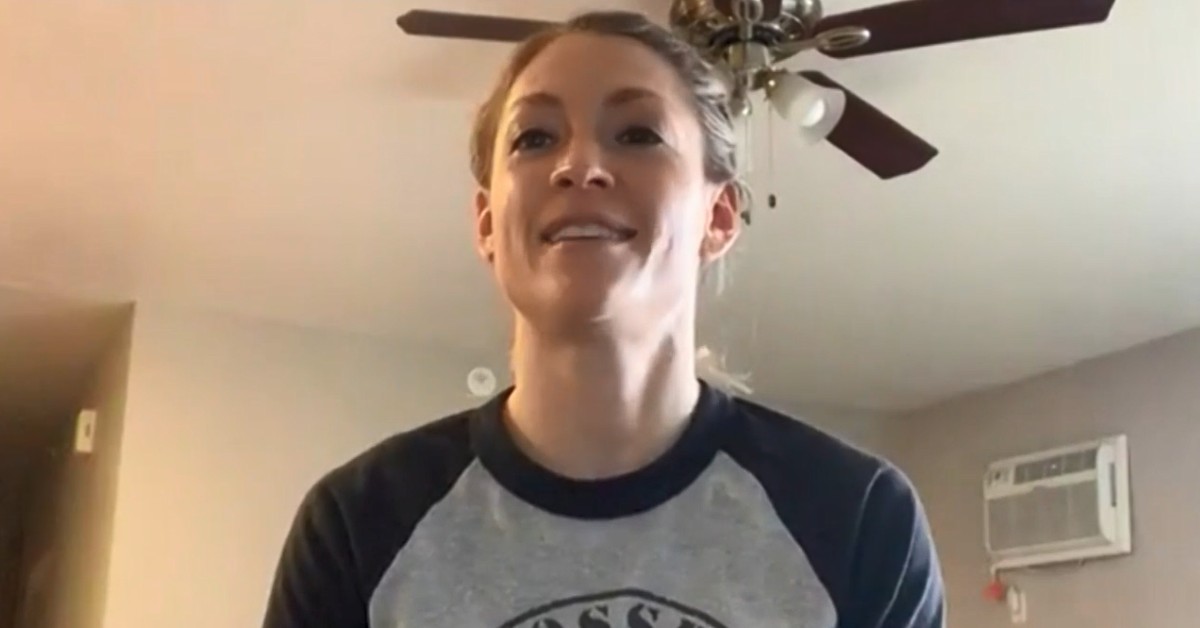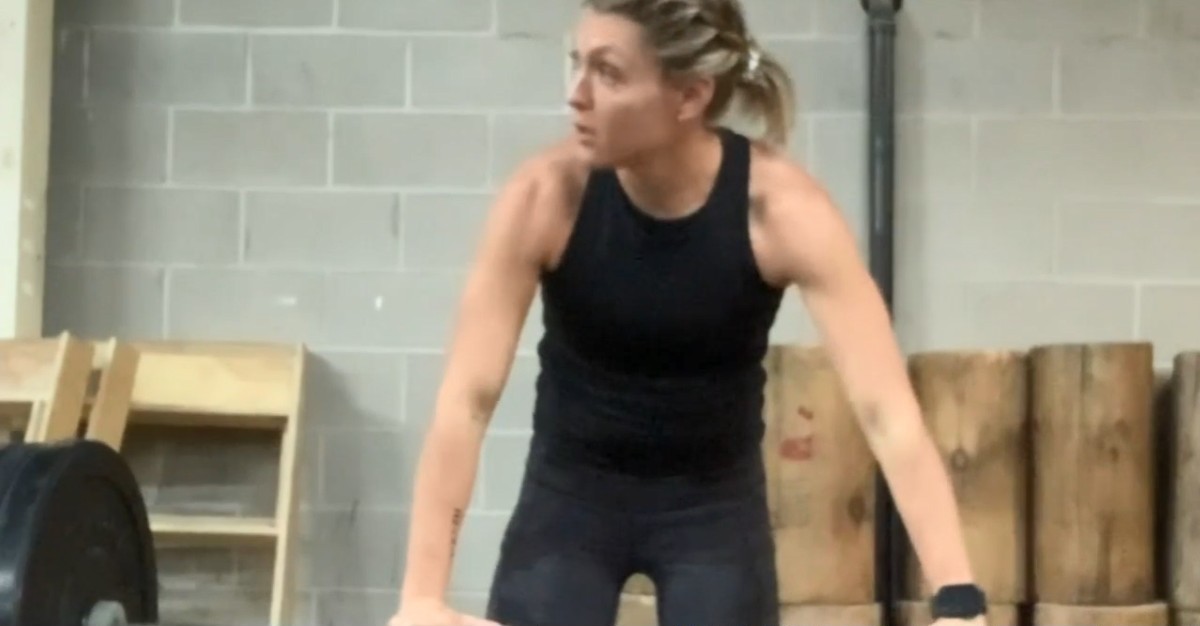Samantha Carter was in her mid-20s when she realized she missed being the year-round athlete she’d been in high school. She missed the camaraderie of teammates, the joys and challenges of competition.
CrossFit, she found, “was the next closest thing.”
She likes its high-intensity workouts, which combine metabolic conditioning exercises, weightlifting, powerlifting, gymnastics and fast-paced movement.
“I started at a beginner’s level and I just grew to love the sport. I eventually got better and better and more competitive, so I continued to do it over the years. I did it while I was pregnant and I did it right after I was pregnant,” says Carter, who’s now in her 30s and lives in Green Bay.
But those high-intensity workouts took a toll, first on her shoulder.
“I was having a lot of pain in it, when I was doing specifically snatches and overhead squats” during weightlifting sessions, Carter says. After seeing Dr. Harold J. Schock, an orthopedic surgeon with Orthopedics & Sports Medicine BayCare Clinic, she received a cortisone injection in the shoulder. Physical therapy followed.
“It worked well for a couple of weeks and then all of a sudden, the pain was a lot worse again. That’s when I had to go back in. They ordered an MRI and it confirmed that I had quite a bit of damage in there and that it would need to be surgically repaired,” she says.
Schock performed arthroscopic shoulder surgery in 2018 to repair a torn rotator cuff, torn superior labrum and torn biceps tendon, and to clean up bone spurs in the shoulder joint.
“What we do is a procedure where we detach and reattach that biceps tendon. That tends to be very effective,” says Schock, who is fellowship trained in sports medicine. “We have people back throwing and doing all kinds of very active athletic pursuits after those procedures.”

Carter eventually got back to CrossFit, but it took time.
“It was a really lengthy recovery on that one. My son was 6 months old when I had surgery. It was really hard. It was by far the worst recovery I’ve had,” she says. “You’re not supposed to do a whole lot and I was kind of in a spot where I didn’t have a choice, though, so I just did the best I could between being a mom and taking care of my shoulder at the same time.”
Later, those high-intensity workouts took a toll on an old knee injury, one dating to 2005, when Carter was in high school.
“I originally had it reconstructed … and it had never been in great shape since then. It just started to get worse,” she says. “It was waking me up in the middle of the night. It was just really affecting me in the gym. I was like, OK, enough is enough.”
So, in 2020, Carter returned to Schock, who performed arthroscopic surgery to remove loose pieces of cartilage that were floating in her knee joint. She bounced back quickly, moving well almost immediately. After a handful of rehab sessions over just a few weeks, Carter’s physical therapist declared her good to go.
“She was incredibly motivated,” Schock says. “Her great attitude and motivation to get back to doing things like CrossFit … it’s great when those patients have that target in mind out there. It helps them stay focused and see the progress they’re getting in rehabilitation.”
Carter’s advice for fellow athletes dealing with injuries: “Do it sooner than later because I waited too long,” she says. “You need to be patient with yourself, be patient with your body. Just trust the process. I wouldn’t be able to be competing right now if I hadn’t got those done.”
